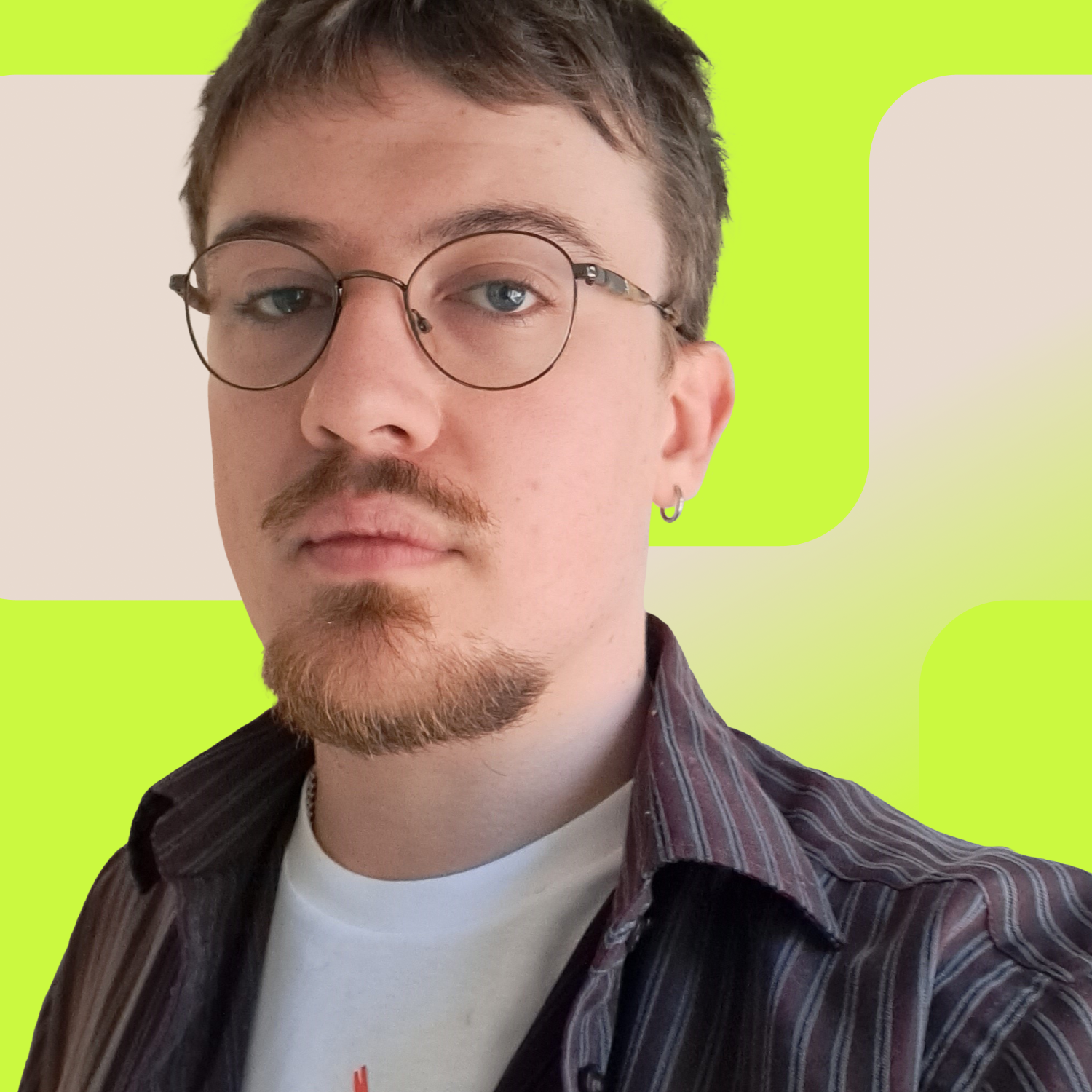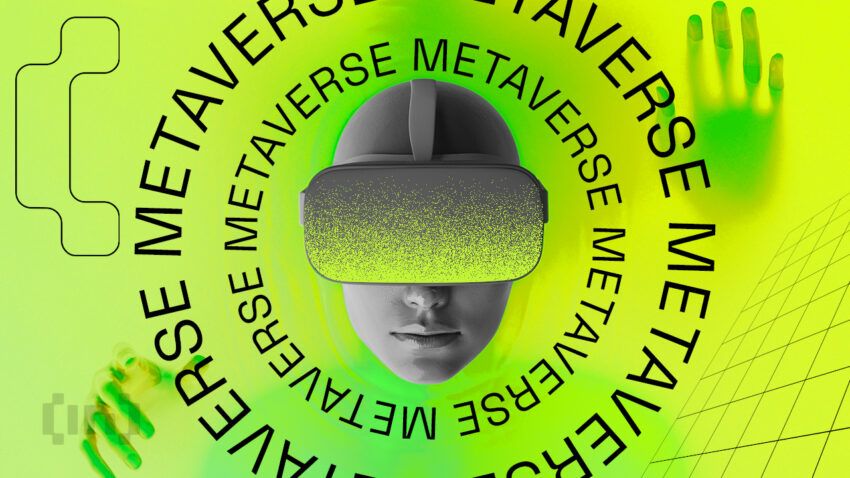GameFi and the Metaverse look set to reinvent the digital economy. Ownership is at its core, says Mehdi Farooq, Animoca’s Senior Tokenomics Analyst.
GameFi, short for Game Finance, is a relatively new concept combining blockchain technology, decentralized finance (DeFi), and gaming to create a play-to-earn model. It is fostering new economic opportunities for gamers, who can earn tokens by playing games and participating in the ecosystem. These tokens can then be traded on exchanges for fiat or other cryptocurrencies. To its champions, GameFi is transforming the gaming industry by redistributing wealth and widening economic opportunity. But skeptics have voiced concerns about what they see as a lack of sustainability and questionable incentives.
The GameFi ecosystem is not only remaking gaming but has implications for financial inclusion and developing countries. In the past, many games have spawned jobs and income for people in developing nations, who can participate in the ecosystem without needing to have a bank account.
GameFi: Playing and Earning
One of the most prominent examples is Axie Infinity, a game where players can collect and breed digital creatures called Axies. Each Axie has unique characteristics and abilities and can be trained and leveled up by participating in turn-based battles. Players can earn the game’s tokens AXS (Axie Infinity Shards) and SLP (Smooth Love Potion) which can then be traded.
The game caught on during the pandemic, allowing players in developing countries to earn a living for their families. The owner of the games studio, Sky Mavis, is Animoca Brands, one of the biggest companies in the GameFi space.
Mehdi Farooq, Animoca’s Senior Tokenomics Analyst, believes games like Axie, where you can own and trade in-game assets, are only a tiny part of the emerging metaverse. “When we talk about games, we’re already in the early stages of the metaverse, but the metaverse is so much bigger than that,” Farooq said in an interview with BeInCrypto.
“But how will the next version of the metaverse differ from the current one?” Farooq asked. “There are a couple of things: It will be more dynamic, more interactive, and more immersive. So, if you are using a VR headset, you can feel that immersion. Notch that up 10X.”
According to Farooq, the most important aspect is users’ ability to own their assets and data. This is fundamental to the concept of the open metaverse—one based on the interoperability of platforms and users.
The Open Metaverse
“At the moment, most internet companies own and monetize your data,” Farooq continued. “The current iteration of the internet doesn’t have a native ownership layer. For example, in the case of Facebook, the company is making money through the data, and you are the product. Your data is sold to advertisers, and they target you.”
Farooq argued that the concept of the open metaverse rests heavily on users utilizing blockchain and owning their own data.
“So for a user to share their data, the platform will have to give them fair equity, somewhat like universal basic equity,” he said.

A significant development within the metaverse is the emergence of blockchain-based digital assets, which include non-fungible tokens (NFTs). NFTs provide a way for users to own and trade digital assets in a decentralized manner. “NFTs will allow any assets in the open metaverse to have an ownership layer via blockchain,” said Farooq. “Users can own any digital assets in the open metaverse. For example, digital fashion items, digital land, etc.”
But barriers to widespread adoption include a lack of understanding and education. A recent survey showed that most NFT consumers don’t fully understand NFT utility. Why is that?
“NFTs have only existed for a few years. It’s still a new innovation; it’s still very niche,” observed Farooq. “Think about NFTs as a digital container that can contain any range of utility, like ticketing, gaming items, social media profiles, profile picture, membership pass—the sky’s the limit. I think the potential for utility is vast.”

NFTs Face UX Problems
In Farooq’s view, the main obstacle to the widespread use of NFTs has been the difficulty of their user interface and experience. Even for someone tech-savvy, setting up your first wallet can be difficult. However, he predicts that within the next two to three years, these issues will gradually disappear, and NFTs will become more user-friendly. As a result, many people will likely engage with NFTs without even realizing it.
“Such NFTs might be called digital goods, items, or collectibles in the future. Technicalities of NFTs must be hidden to favor the user experience. For example, when we use the internet, we don’t talk about HTTP. Most people do not understand that terminology and infrastructure. Most people don’t understand how they receive and send emails, but they know they are receiving and sending an email—if that makes sense.”
Ownership Is Crucial
GameFi has its critics, however, who cite “bad incentives for players, unsustainable rewards, and high barriers to entry,” in the words of Thang “SpaceLyon” Phan, Marketing Lead at W3E and an ex-professional gamer.
“The focus on earning rewards can lead to short-term gains that aren’t always sustainable,” Phan told BeInCrypto. “If a gamer started playing for income, once that economic model becomes redundant, they usually go elsewhere. To truly participate in a Web3 game, you usually have to set up a wallet, which can be a complicated process. Something that can limit the audience.”
According to Google Trends, interest in the metaverse and NFTs has plummeted since early 2021. GameFi, while nowhere near as popular, saw a spike in interest last summer before dropping off a cliff. But while the mainstream has turned its attention to AI, the community continues to build. What will determine who wins and who loses?
“Product is the number one indicator of success whether it’s a web3 protocol or web2 company,” continued Farooq.
“The product has to be useful and fit the needs of the market. Tokenomics: a dApp needs a token that serves a useful purpose and has sustainable value accrual and incentive alignment structure. When these two elements work together, they make up for a powerful flywheel in web3,” Farood added.
Disclaimer
Following the Trust Project guidelines, this feature article presents opinions and perspectives from industry experts or individuals. BeInCrypto is dedicated to transparent reporting, but the views expressed in this article do not necessarily reflect those of BeInCrypto or its staff. Readers should verify information independently and consult with a professional before making decisions based on this content. Please note that our Terms and Conditions, Privacy Policy, and Disclaimers have been updated.


